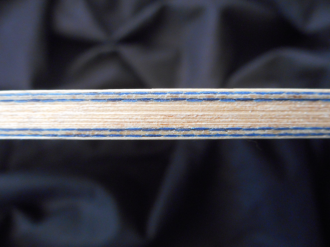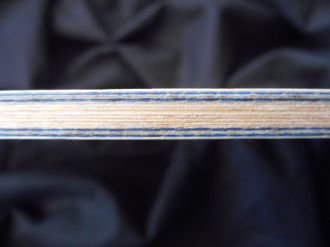This user has no status.
This user has no status.
Well-Known Member
Does PP do their own testing to determine the speed ratings? For example they have Dignics as 96 for speed, Hammond Z2 as 98, and Nittaku G1 as 95 for speed. This seems basically correct to me from my own testing impressions.
But how did PP come up with these ratings? Have you found them largely to be accurate across all the rubbers?
But how did PP come up with these ratings? Have you found them largely to be accurate across all the rubbers?















